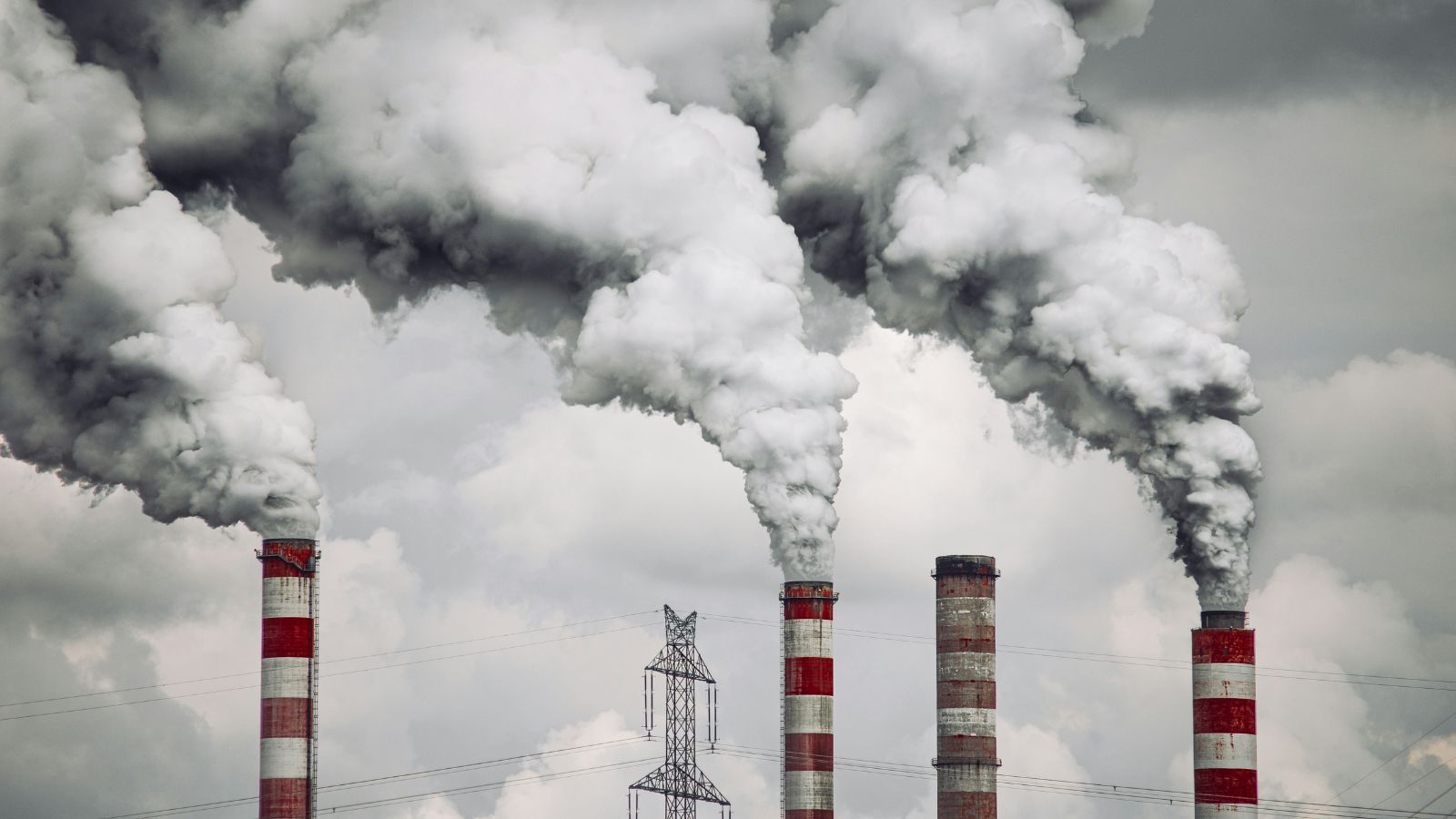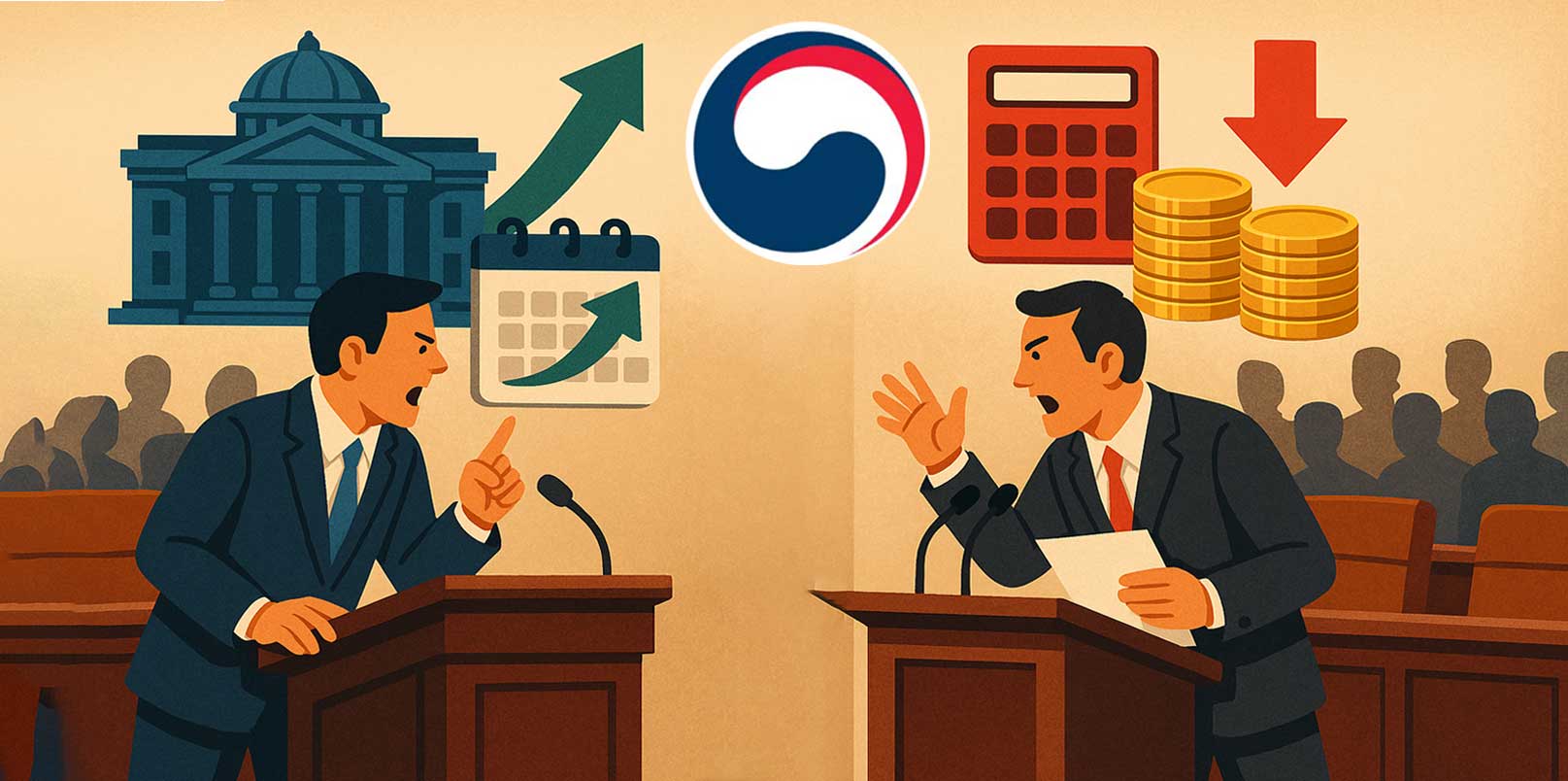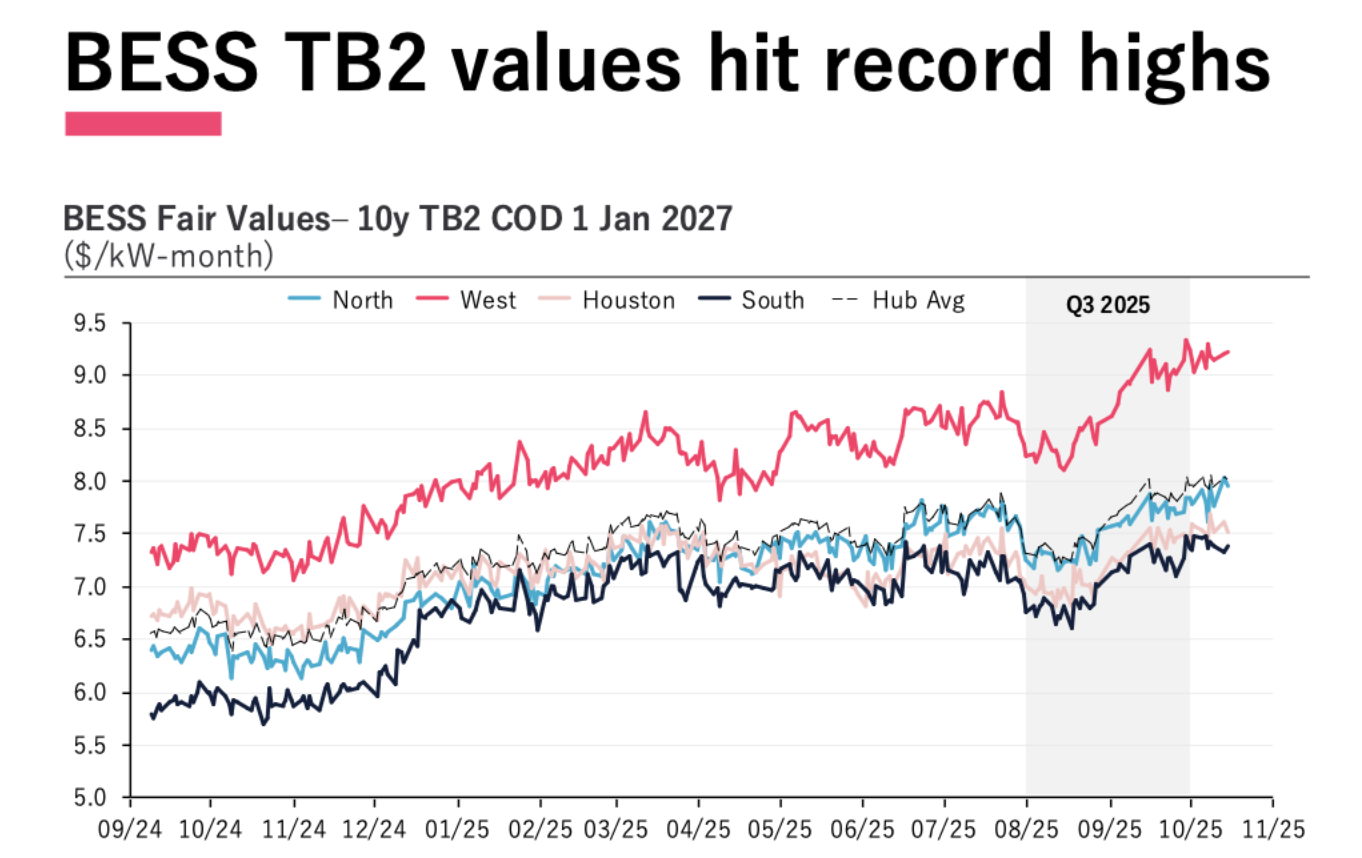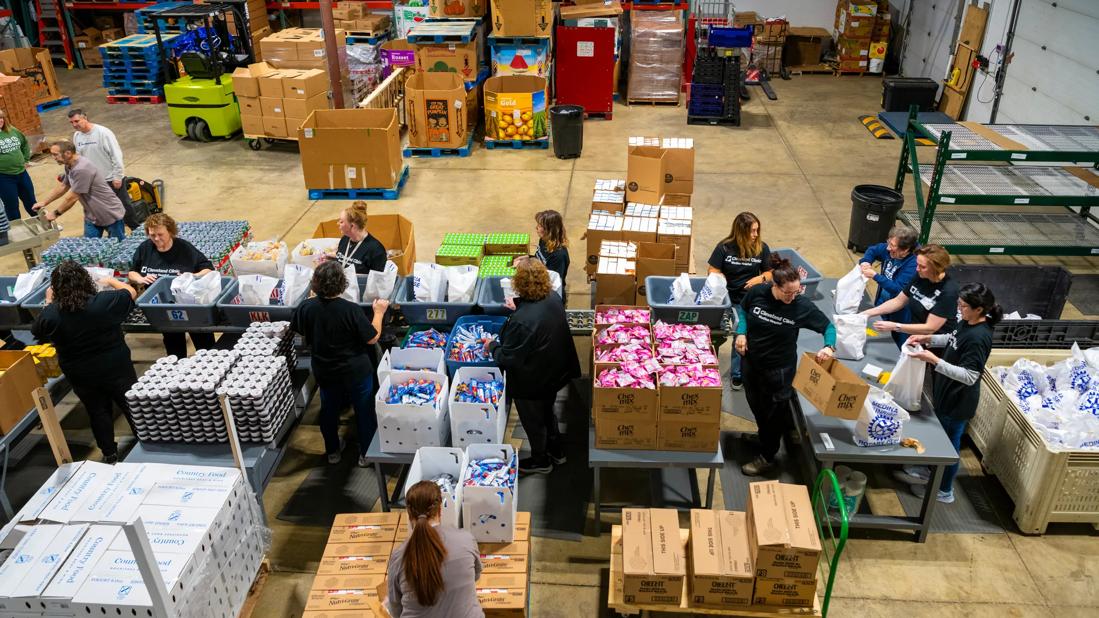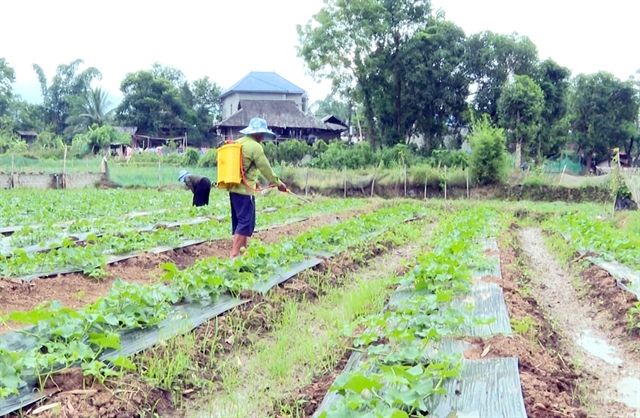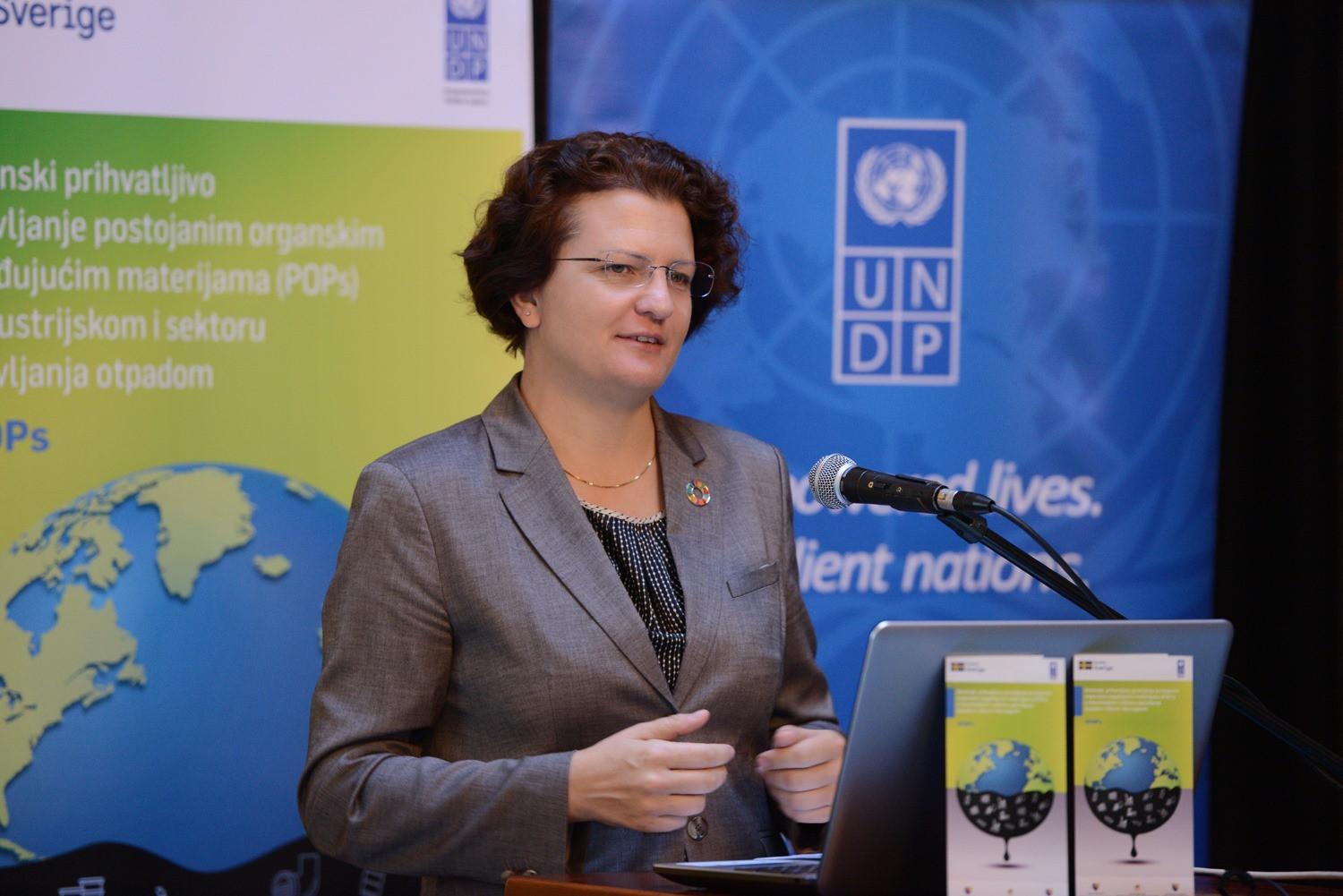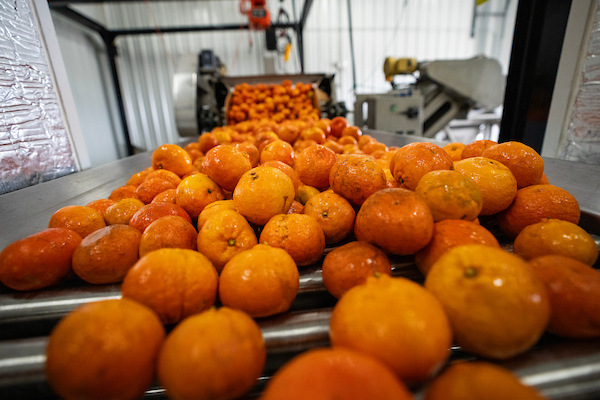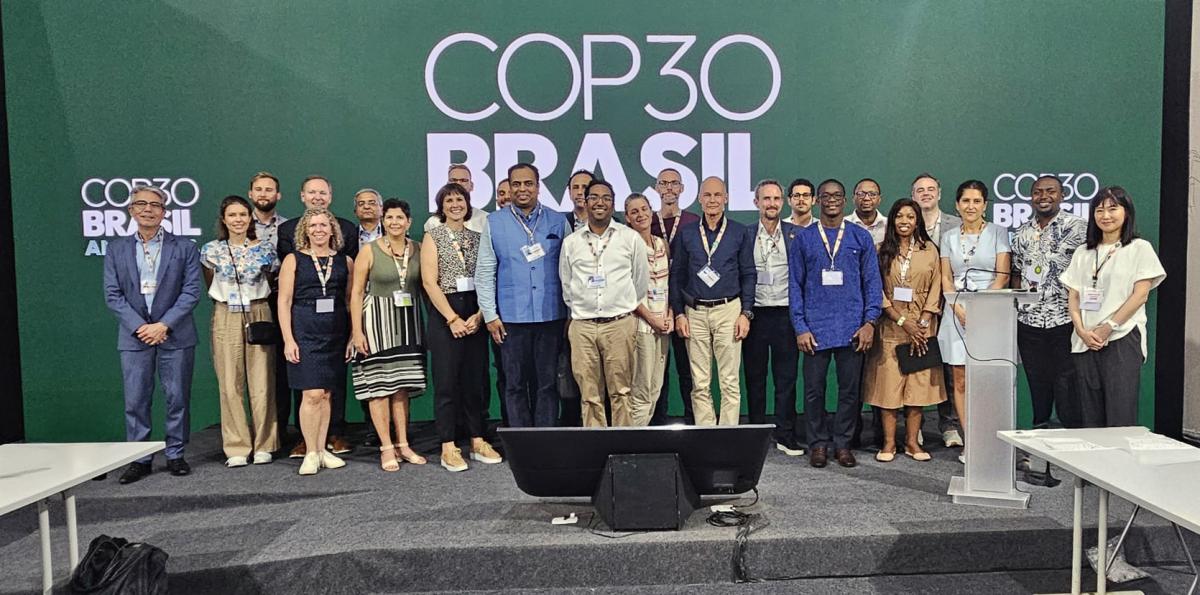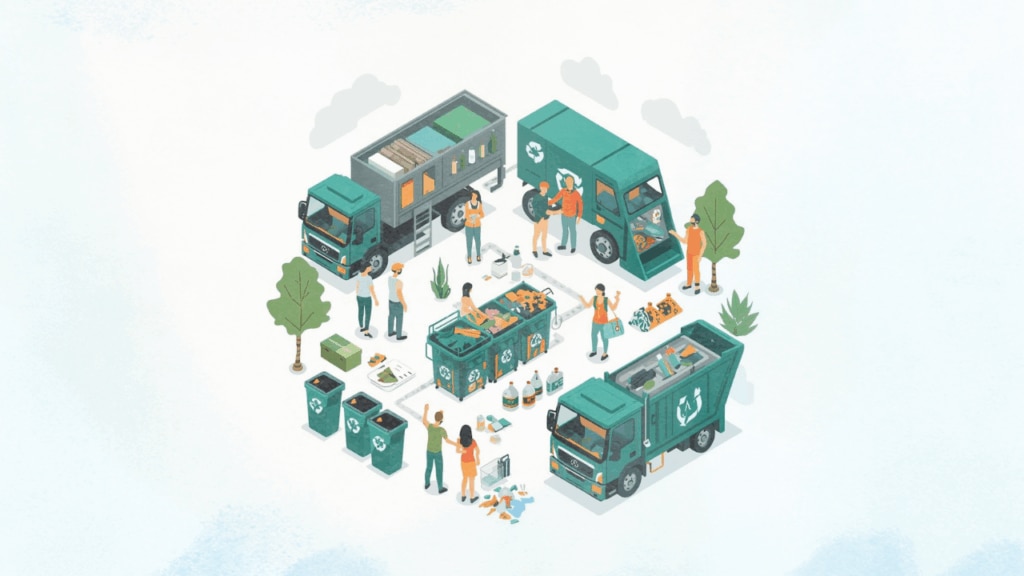Circular Supply Chains: Leveraging Technology for Sustainable Resource Management – Logistics Viewpoints –

Report on the Transition to Circular Supply Chains and Alignment with Sustainable Development Goals (SDGs)
1.0 Introduction: A Paradigm Shift Towards Sustainable Production
The global discourse on supply chain management is undergoing a significant transformation, moving from linear “make-use-dispose” models towards integrated circular systems. This evolution is fundamentally aligned with the United Nations’ 2030 Agenda for Sustainable Development. A circular supply chain, which designs out waste and pollution, keeps products and materials in use, and regenerates natural systems, is a primary mechanism for achieving SDG 12 (Responsible Consumption and Production). This report analyzes the drivers, mechanics, and technological enablers of circular supply chains, evaluating their direct contributions to the SDGs.
2.0 Strategic Drivers for Circularity and SDG Imperatives
The impetus for adopting circular supply chains is multifaceted, reflecting a convergence of economic, social, and environmental pressures that directly correlate with several SDGs.
- Resource Scarcity and Volatility: Rising input costs and unpredictable access to raw materials underscore the need for resource efficiency, a core target of SDG 12.
- Regulatory and Investor Pressure: Increased government regulation and investor scrutiny concerning waste management and material recovery compel organizations to adopt more sustainable practices, contributing to SDG 13 (Climate Action) through reduced emissions and SDG 12.
- Consumer and Stakeholder Expectations: Growing public demand for corporate sustainability drives companies to demonstrate responsible production, reinforcing brand value and supporting the broader goals of SDG 11 (Sustainable Cities and Communities) by reducing the burden on municipal waste systems.
3.0 The Circular Supply Chain Framework and Contribution to SDG 12
A circular supply chain is an industrial system that is restorative and regenerative by intention and design. It replaces the end-of-life concept with restoration, shifting towards the use of renewable energy, eliminating the use of toxic chemicals, and eradicating waste through superior design. This model is instrumental in achieving the targets of SDG 12.
3.1 Core Principles
- Design for Longevity: Products are engineered for durability, repairability, and eventual disassembly, minimizing waste generation from the outset.
- Reverse Logistics Systems: Infrastructure is established to facilitate the return of used products for refurbishment, remanufacturing, or material harvesting.
- Value Recapture: Returned items are processed to extract valuable components and materials, which are then reintegrated into new production cycles, directly reducing the demand for virgin resources.
4.0 Technology as an Enabler for Sustainable Innovation (SDG 9)
The operationalization of circular supply chains is heavily dependent on technological advancements that provide the necessary data, traceability, and optimization. These technologies are central to fostering the innovation and resilient infrastructure called for in SDG 9 (Industry, Innovation, and Infrastructure).
- Internet of Things (IoT) and Sensors: Provide real-time data on product condition and location, enabling predictive maintenance and optimizing return cycles, thereby enhancing resource management (SDG 12).
- Blockchain Technology: Offers an immutable and transparent ledger for tracking material provenance and chain of custody, ensuring accountability in recycling and reuse processes, which is critical for complex industries and supports fair practices (SDG 8, Decent Work and Economic Growth).
- Digital Twins: Allow for virtual modeling of circular flows to assess the environmental and economic impact of take-back programs before physical implementation, accelerating innovation (SDG 9).
- Artificial Intelligence (AI): Optimizes decision-making by matching returned products with the most efficient value-recovery pathway, whether repair, resale, or material recycling.
- Reverse Logistics Platforms: Specialized software manages the complex logistics of returns, sorting, and reprocessing, building the critical infrastructure required for a circular economy (SDG 9).
5.0 Sectoral Applications and Progress Towards the SDGs
Various industries are pioneering circular models, demonstrating tangible progress towards multiple Sustainable Development Goals.
- Consumer Electronics: Manufacturers are harvesting components from end-of-life devices, reducing electronic waste and its hazardous impact, a key target within SDG 12.
- Apparel and Textiles: Brands are implementing take-back programs for used clothing for resale or remanufacturing into new fibers, directly addressing waste in one of the world’s most polluting industries and promoting a circular economy (SDG 12, SDG 13).
- Automotive: The recovery of metals, batteries, and high-value components from end-of-life vehicles reduces the carbon footprint of manufacturing and conserves natural resources (SDG 13, SDG 12).
- Industrial Equipment: Shifting from sales to leasing models allows manufacturers to retain ownership and manage the entire product lifecycle, ensuring components are reused and contributing to sustainable industrialization (SDG 9).
6.0 Key Performance Indicators for Measuring SDG Contributions
To be effective, circularity must be measured. New KPIs are emerging that allow organizations to track their performance and report on their contributions to the 2030 Agenda.
- Resource Recovery Rate (%): Measures the percentage of material recaptured from post-consumer products, directly tracking progress against SDG 12.5 (substantially reduce waste generation).
- Secondary Material Usage (%): Quantifies the proportion of recycled or reused materials in new production, a key metric for responsible consumption.
- CO₂ Reduction from Avoided Virgin Material Use: Directly measures the climate impact of circular strategies, contributing to SDG 13.
- Product Life Extension: Tracks the average number of use cycles, demonstrating a shift away from disposable models.
7.0 Challenges and the Role of Partnerships (SDG 17)
The transition to fully circular systems faces significant hurdles, including high reverse logistics costs, inconsistent quality of returned materials, and regulatory complexities. Overcoming these challenges requires systemic change and multi-stakeholder collaboration, as emphasized in SDG 17 (Partnerships for the Goals).
7.1 Strategic Considerations
- Eco-design Integration: Product design must prioritize disassembly and material purity from inception.
- Business Model Innovation: A shift towards service-based models (e.g., leasing) may be necessary to facilitate product returns.
- Cross-Sector Collaboration: Partnerships between manufacturers, waste management companies, technology providers, and policymakers are essential to build a functional circular ecosystem.
8.0 Conclusion: Circular Supply Chains as a Pathway to a Sustainable Future
Circular supply chains represent a strategic and operational evolution essential for achieving the Sustainable Development Goals. By moving beyond linear models, organizations can mitigate resource volatility, reduce environmental impact, and unlock new economic value. This transition is not merely a sustainability initiative but a core component of building a resilient, innovative, and responsible global economy. The continued integration of technology and collaborative partnerships will be paramount in scaling these models and advancing the 2030 Agenda for Sustainable Development.
Analysis of Sustainable Development Goals in the Article
1. Which SDGs are addressed or connected to the issues highlighted in the article?
The article on circular supply chains addresses several interconnected Sustainable Development Goals (SDGs) by focusing on resource efficiency, waste reduction, and sustainable industrial practices. The primary SDGs identified are:
- SDG 8: Decent Work and Economic Growth: The article connects to SDG 8 by discussing how circular models create economic value and drive innovation. It highlights a shift in business models, such as leasing instead of selling, which represents “higher levels of economic productivity through… innovation.” This approach aims to “decouple economic growth from environmental degradation,” a core principle of Target 8.4.
- SDG 9: Industry, Innovation, and Infrastructure: This goal is central to the article’s theme. The text describes a fundamental “logistical and operational shift” in industrial processes, moving from linear to circular systems. It emphasizes retrofitting industries through the “greater adoption of clean and environmentally sound technologies” like IoT, AI, and blockchain to build resilient and sustainable supply chains.
- SDG 11: Sustainable Cities and Communities: The article relates to SDG 11 by addressing the management of end-of-life products. The discussion on collecting “old phones, laptops, and appliances” and managing waste from “apparel” and “end-of-life vehicles” directly contributes to reducing the environmental impact of urban areas, specifically concerning waste management.
- SDG 12: Responsible Consumption and Production: This is the most directly relevant SDG. The entire article is a blueprint for achieving sustainable consumption and production patterns. It explicitly details moving away from a “linear fashion, make, use, dispose” model to one that seeks to “extend the life and value of resources by designing waste out of the system entirely,” which is the essence of SDG 12.
- SDG 13: Climate Action: The article establishes a clear link to climate action by identifying “CO₂ reduction from avoided virgin material use” as a key performance indicator of circular supply chains. It also notes that “as climate goals intensify, circular supply chains are expected to expand,” positioning these practices as a direct strategy to mitigate climate change.
2. What specific targets under those SDGs can be identified based on the article’s content?
Based on the article’s discussion of circular supply chains, several specific SDG targets can be identified:
-
Target 8.4: Improve progressively, through 2030, global resource efficiency in consumption and production and endeavour to decouple economic growth from environmental degradation.
- Explanation: The article’s core concept of a circular supply chain—which aims to “retain value in materials for as long as possible” and reduce reliance on “rising input costs and resource volatility”—is a direct strategy for achieving this target.
-
Target 9.4: By 2030, upgrade infrastructure and retrofit industries to make them sustainable, with increased resource-use efficiency and greater adoption of clean and environmentally sound technologies and industrial processes.
- Explanation: The article details how technology is the “enabler” of circularity. It describes the use of IoT, AI, Digital Twins, and Blockchain to create “visibility and control,” thereby retrofitting industrial supply chains for sustainability and resource efficiency.
-
Target 11.6: By 2030, reduce the adverse per capita environmental impact of cities, including by paying special attention to air quality and municipal and other waste management.
- Explanation: The article’s examples of collecting and processing end-of-life electronics, apparel, and vehicles are practical applications of improved waste management, which helps reduce the environmental burden of cities.
-
Target 12.2: By 2030, achieve the sustainable management and efficient use of natural resources.
- Explanation: The article describes practices like “component harvesting,” using “recovered inputs,” and avoiding “virgin material use.” These are direct methods for the sustainable and efficient management of natural resources.
-
Target 12.5: By 2030, substantially reduce waste generation through prevention, reduction, recycling and reuse.
- Explanation: This target is explicitly addressed. The article advocates for “designing waste out of the system entirely” and focuses on strategies like designing products for “durability, reuse, and repair,” establishing “return used items” systems, and “remanufacturing.”
-
Target 12.6: Encourage companies, especially large and transnational companies, to adopt sustainable practices and to integrate sustainability information into their reporting cycle.
- Explanation: The article notes that “investors are asking questions” and “customer expectations… are higher than ever,” pushing companies to adopt circular strategies. The section “Metrics That Matter” discusses the new KPIs companies are using, which aligns with integrating sustainability information into their operations and reporting.
3. Are there any indicators mentioned or implied in the article that can be used to measure progress towards the identified targets?
Yes, the article explicitly mentions a set of “emerging KPIs” in its “Metrics That Matter” section, which serve as direct indicators for measuring progress. It also implies others through its discussion.
- Resource recovery rate (percentage of material recaptured): This is a direct indicator for Target 12.5. It measures the effectiveness of recycling and recovery systems, quantifying how much material is successfully diverted from waste streams.
- Secondary material usage (share of production using recovered inputs): This indicator measures progress towards Target 12.2. It quantifies the shift away from virgin materials, reflecting more efficient use of natural resources.
- Product life extension (average number of use-cycles or refurbs): This is a key indicator for the “prevention” and “reuse” aspects of Target 12.5. It measures the success of designing products for durability and establishing effective refurbishment programs.
- CO₂ reduction from avoided virgin material use: This indicator directly measures contributions to SDG 13 (Climate Action) and the resource efficiency goals of Targets 8.4 and 9.4. It quantifies the climate benefit of circular practices.
- Implied Indicator – Rate of adoption of circular technologies: The article heavily emphasizes that technology like IoT, AI, and Blockchain are “enablers.” The rate at which industries adopt these technologies for supply chain management can serve as a proxy indicator for progress towards Target 9.4.
- Implied Indicator – Amount of waste generated/diverted: The fundamental goal to “design waste out of the system” implies that a key measure of success is the overall reduction in waste sent to landfills, which is the core of Target 12.5.
4. Summary of SDGs, Targets, and Indicators
| SDGs | Targets | Indicators Mentioned or Implied in the Article |
|---|---|---|
| SDG 8: Decent Work and Economic Growth | 8.4: Improve global resource efficiency in consumption and production. | CO₂ reduction from avoided virgin material use. |
| SDG 9: Industry, Innovation and Infrastructure | 9.4: Upgrade infrastructure and retrofit industries to make them sustainable. | Adoption rate of enabling technologies (IoT, AI, Digital Twins); Reverse logistics efficiency. |
| SDG 11: Sustainable Cities and Communities | 11.6: Reduce the adverse per capita environmental impact of cities, especially in waste management. | Amount of end-of-life products (electronics, vehicles, apparel) collected and processed. |
| SDG 12: Responsible Consumption and Production | 12.2: Achieve the sustainable management and efficient use of natural resources. | Secondary material usage (share of production using recovered inputs). |
| 12.5: Substantially reduce waste generation through prevention, reduction, recycling and reuse. | Resource recovery rate (percentage of material recaptured); Product life extension (average number of use-cycles). | |
| 12.6: Encourage companies to adopt sustainable practices and reporting. | Number of companies implementing circular models and reporting on circularity KPIs. | |
| SDG 13: Climate Action | 13.2: Integrate climate change measures into policies and strategies. | CO₂ reduction from avoided virgin material use. |
Source: logisticsviewpoints.com

What is Your Reaction?
 Like
0
Like
0
 Dislike
0
Dislike
0
 Love
0
Love
0
 Funny
0
Funny
0
 Angry
0
Angry
0
 Sad
0
Sad
0
 Wow
0
Wow
0



